Herbal Remedies Straight from the Garden
Ever since the dawn of civilization, ancient peoples and cultures have used their wisdom and natural healing methods to heal all kinds of illnesses and diseases. They gathered organic ingredients and other herbs to create powerful remedies that actually worked. Somewhere throughout history that ancient knowledge became lost and forgotten, for the most part. There are herbal remedies straight from the garden that works.
Certain allopathic practitioners today have insisted that many of those ancient remedies have been proven ineffective. As a result, you and I as a consumer have had to continually rely on pharmaceutical companies for their drugs and medications. Fortunately, some of those herbal remedies have survived and are making a comeback. Here’s more on herbal remedies that can be grown and harvested right out of your garden. This is where I buy all of my herb and garden seeds: SeedsNow
Herbal Remedies Straight from the Garden
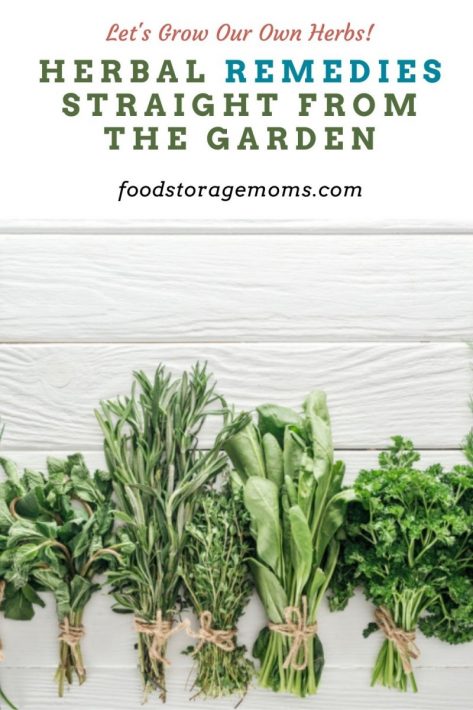
How I store my garden seeds:
Plastic Photo Container and Label Maker
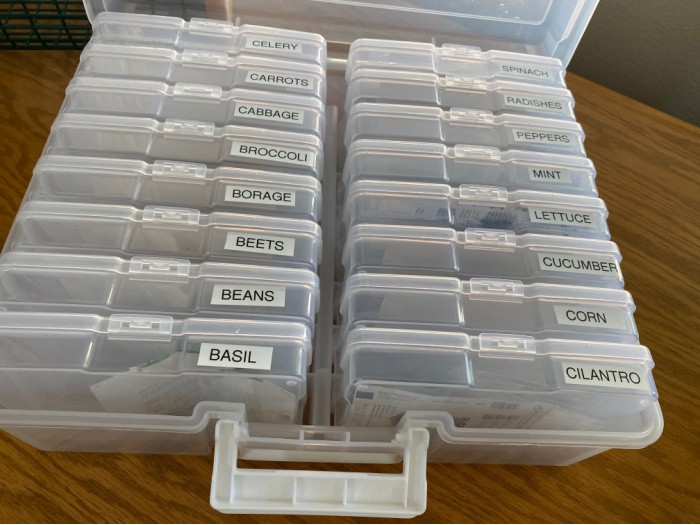
Herbal Remedies Straight from the Garden
Aloe Vera
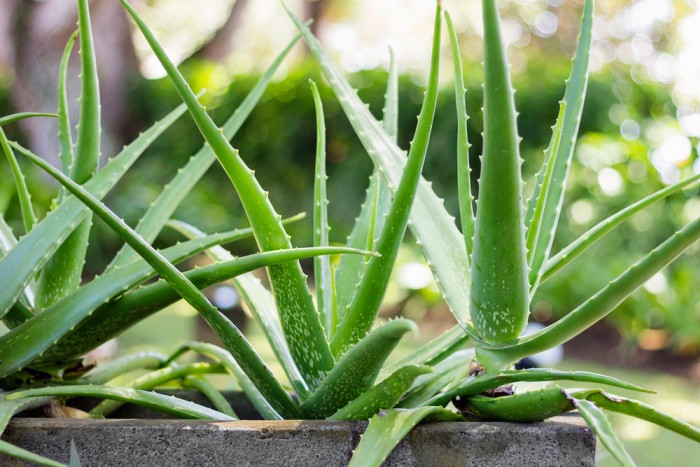
We have on record that the ancient Egyptians and Chinese used aloe vera to reduce fever, and also to heal burns and wounds. Even Queen Cleopatra herself used aloe vera regularly as a beauty treatment for healthier, younger-looking skin. Along with its moisturizing benefits, it can promote nutrient absorption, and healthier immune and digestive systems when taken orally. For those of you who wish to grow it, the plant thrives well in drier, sandier soil, along with plenty of warm sunlight.
Calendula
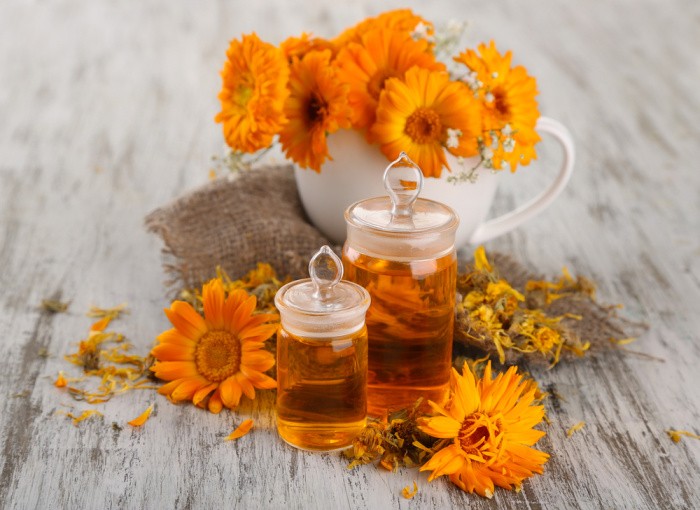
Oftentimes referred to as pot marigold, Calendula is an annual with a daisy-like bloom that’s orange and yellow in color. For hundreds of years, the petals have been used for soothing skin and healing wounds due to their antiseptic and antifungal properties. Calendula appreciates lots of sunshine and you will enjoy their blooms all season long.
Catmint (Catnip)
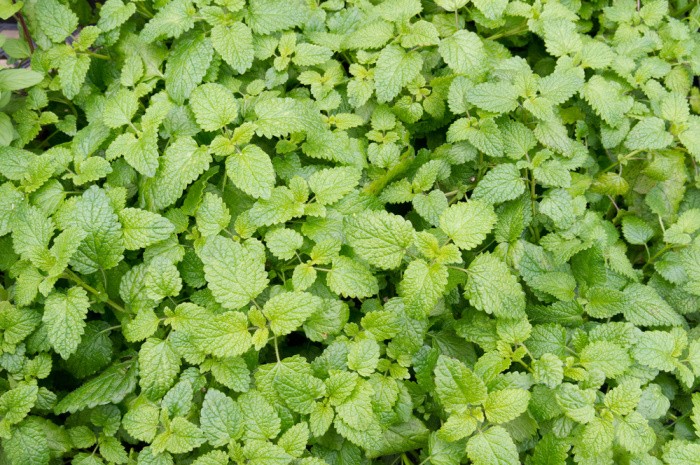
While you may have only used Catmint in the past for entertainment purposes by getting your cat high, catmint has a few health benefits for humans as well. Catmint is thought to help relieve stress and stomach issues in people. It also can be used as a mild sedative, but make sure that you aren’t combining it with your other sedatives because this can intensify their effect.
Cilantro
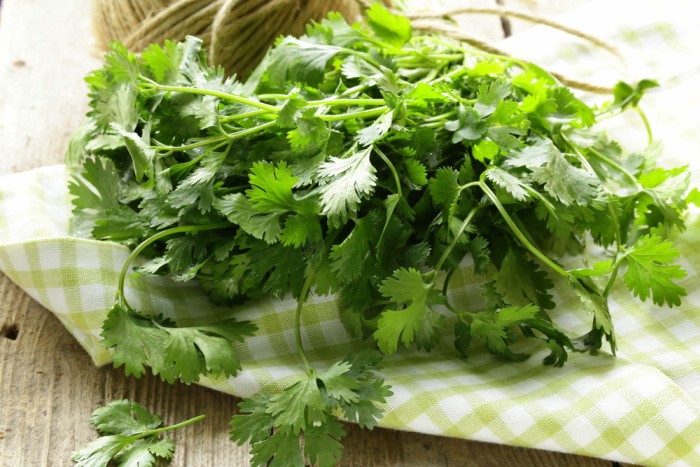
Cilantro is mostly used to garnish Mexican, Indian, and other types of colorful dishes. You might not think that cilantro would have any medicinal purposes, but as it turns out, it does. Many people have discovered that cilantro is a strong digestive aid. It works to remove harmful toxins or heavy metals from the body quickly.
The best growing condition for cilantro is in a cool and moist garden. If the temperature becomes too hot, the cilantro will bolt quickly, so find a slow bolt variety that is easier to manage.
German Chamomile
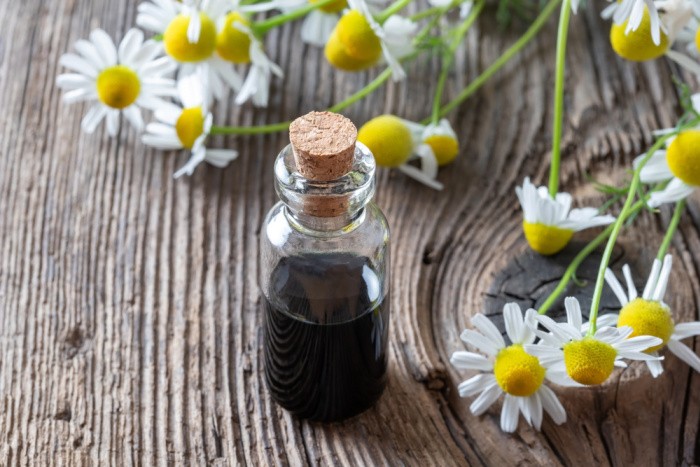
It’s certainly no coincidence that Peter Rabbit’s mother fixed him Chamomile tea after a long hard day of being chased around in Mr. Mcgregor’s garden. These dainty beautiful flowers can be used not only to spruce up a garden, but also to treat nervous stress, infections, colic in infants, along with stomach issues in younger children. So you see, Mom’s do know best.
Lavender
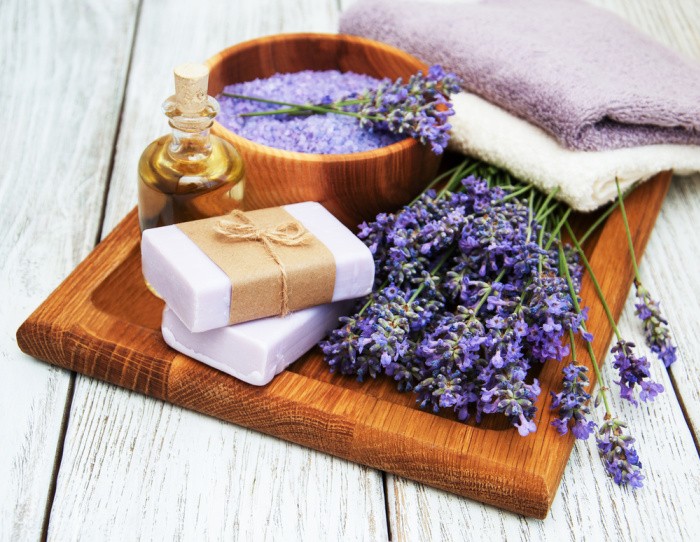
Lavender is especially known for its relaxing perfume fragrance that’s nice to have around your house, but it’s also another herb that has medical benefits that may interest you. Studies have shown that lavender helps to calm the nervous system from stress, tension, insomnia, and may even work as a mild antidepressant for some. People also use it in creams to treat acne and sunburns. If you are thinking about growing lavender, keep in mind that they do well in sunny and dry areas.
Lemon Balm
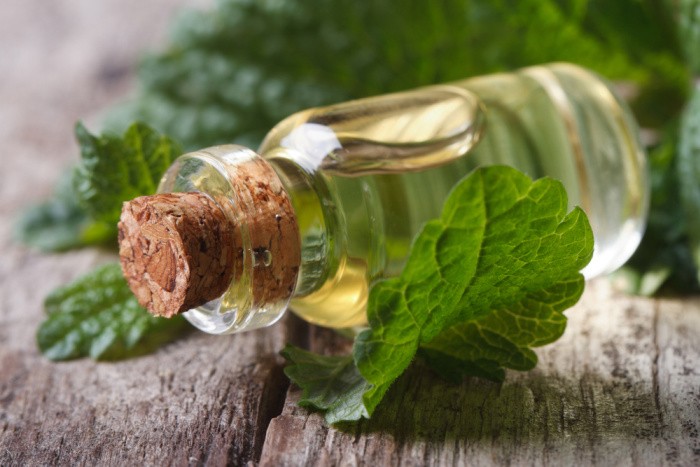
Lemon balm can add a bunch of green to your garden, but it’s another herbal remedy you don’t want to miss out on. The leaves, along with the flowers, have a calming and relaxing effect on both the nervous system, the stomach, and the liver. One study even showed that when lemon balm was applied topically, it was able to fight against certain viruses, including herpes simplex.
Lemon balm just so happens to taste good and can be prepared in teas that are suitable for children to drink. These plants do better in cooler weather, so planting in early spring will be ideal.
Mullein
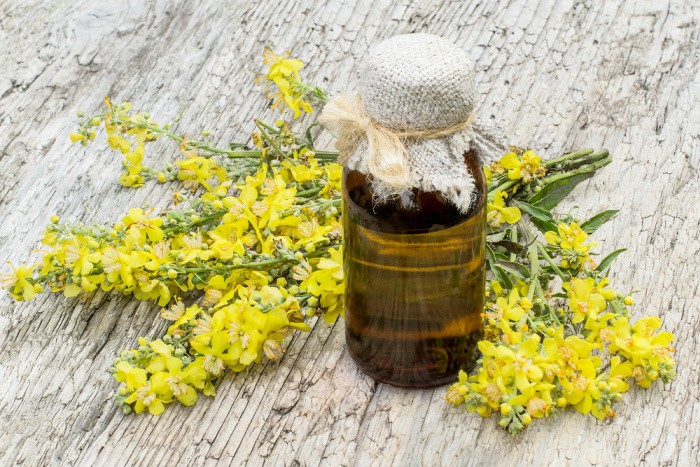
The hairy leaves of a mullein weed are not only edible, but they may also help to heal bronchial respiratory infections and fever. It’s not uncommon for you to find that certain cough formulas contain mullein. It also might be beneficial for those with asthma or allergies. Just be aware that the stem of these weeds can shoot upward to nearly six feet high.
Peppermint
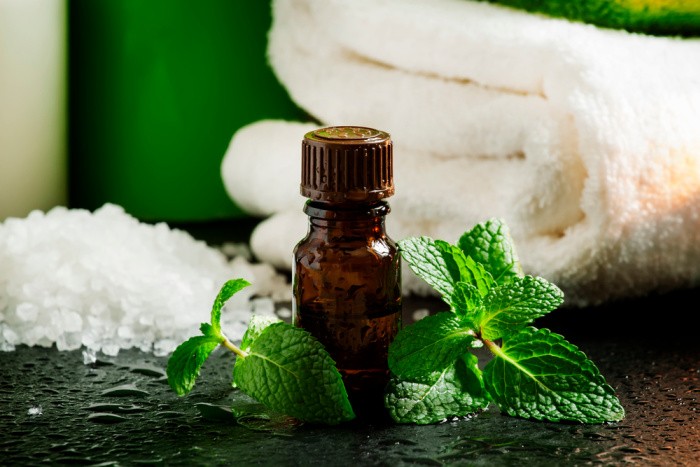
Peppermint has a strong, refreshing flavor and fragrance that many people love. It’s an ingredient that is in our gum, toothpaste, and when you’re feeling in the mood, even ice cream. Should you choose to brew it in a tea, peppermint may help relieve symptoms such as indigestion and vomiting. When used as a topical lotion, the herb can help soothe sore muscles.
By keeping your garden moist, peppermint will spread quickly, but it can also be planted in pots as well. You’ll want to make sure that you harvest the leaves before they start to flower. If you wait too long, the leaves will start to taste bitter.
Rosemary
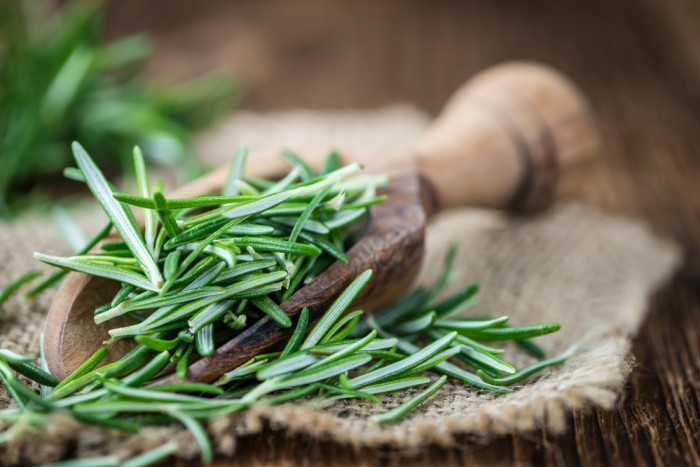
For thousands of years, civilizations have used the aromatic herb Rosemary for several different medicinal purposes. It’s suggested that the herb brings more oxygen to your brain, improving your memory and concentration, as well as boosting one’s energy level. Some even treat it like people do with caffeine when they need a quick pick-me-up. Rosemary does well in hot and humid conditions. It’s another herb that can grow to around 4 to 6 feet in height.
Thyme
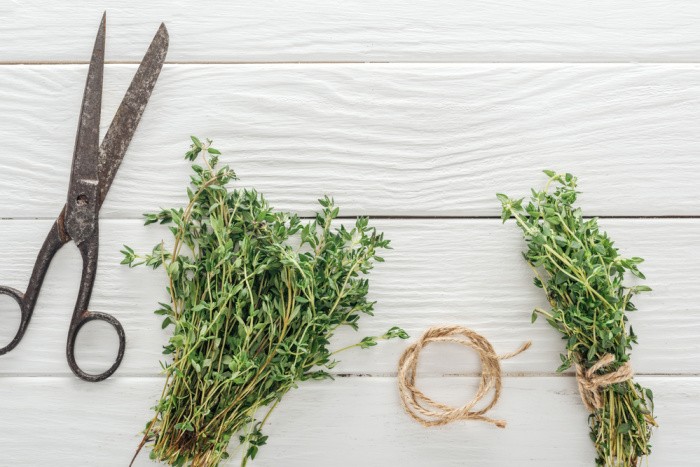
Dating back to the middle ages, Europeans believed that the stems and leaves from thyme were capable of getting rid of nightmares and producing braver soldiers. Today, herbalists have found that thyme has both antiseptic and antibacterial properties. This is why you may have seen thyme oil out there that helps fight against common colds or the flu. Thyme has a host of other health benefits and tastes good in certain foods. Whichever variety you choose, thyme adds a ton of ground cover and fragrance to your garden.
Herbal Remedies Straight from the Garden
Final Word
By deciding to grow herbal remedies in your garden, you won’t have to rely so much on commercial products for relief from various health issues. It’s natural too! Do you know of any other herbs that you can grow that also works as a remedy? What herbal remedies straight from the garden would you recommend? May God Bless this world, Linda.
Copyright Images: Aloe Vera Plant Deposit photos_79635078_s-2019, Calendula Flowers Deposit photos_29251209_s-2019, Catnip Plants Deposit photos_9344366_s-2019, Cilantro Fresh Green Coriander Deposit photos_28739949_s-2019, German Chamomile Deposit photos_279635468_s-2019, Lavender Products Deposit photos_177818184_s-2019, Lemon Balm Deposit photos_45024441_s-2019, Mullein Verbascum Deposit photos_118697126_s-2019, Peppermint Deposit photos_108192148_s-2019, Green Herbs Deposit photos_268901488_s-2019, Rosemary Deposit photos_110963606_s-2019, Thyme Deposit photos_268902052_s-2019

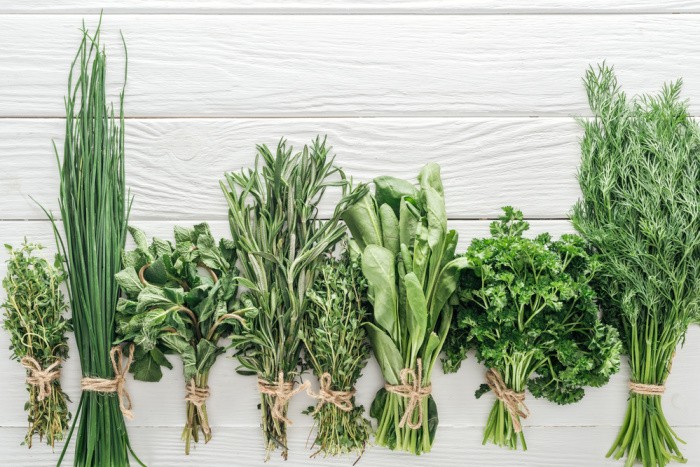

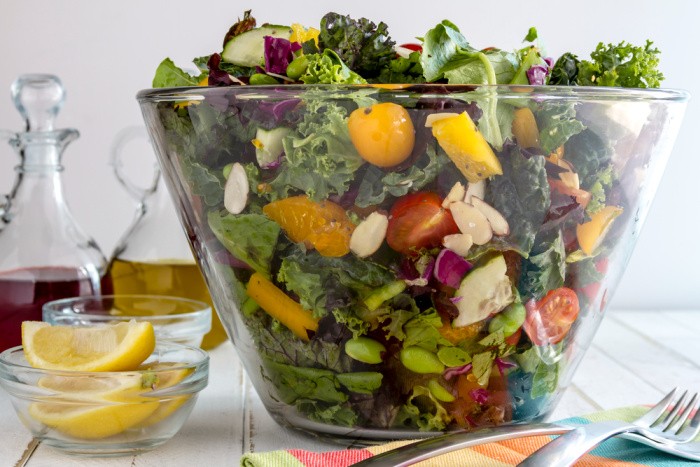
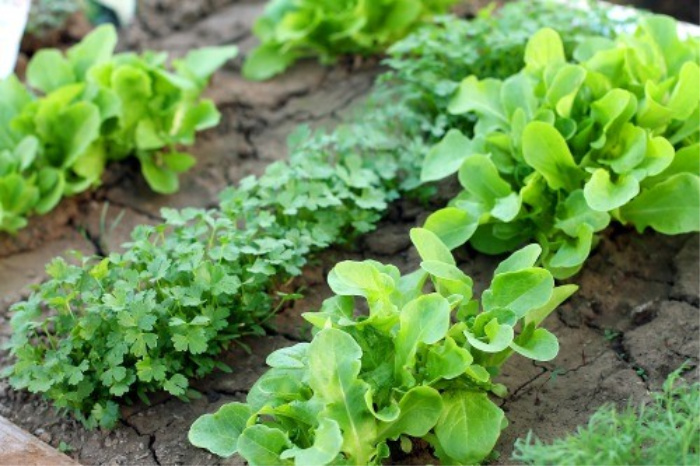
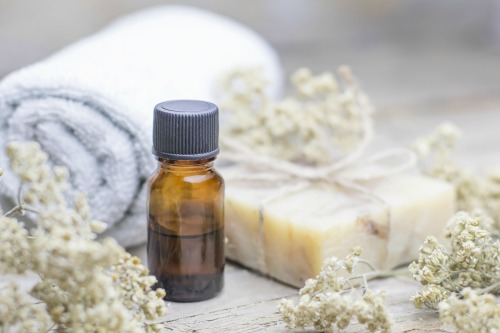

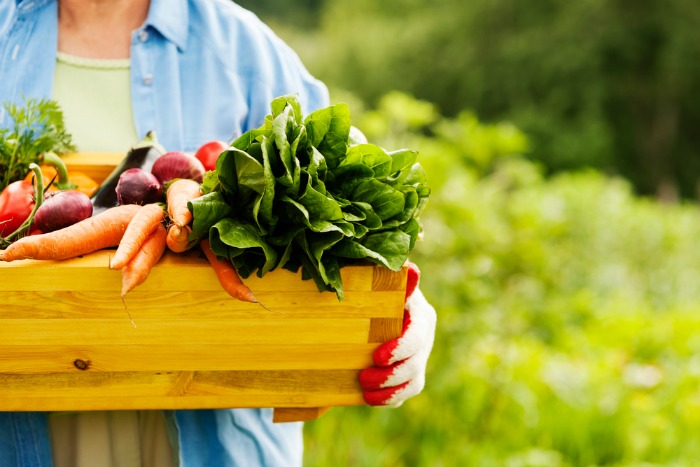
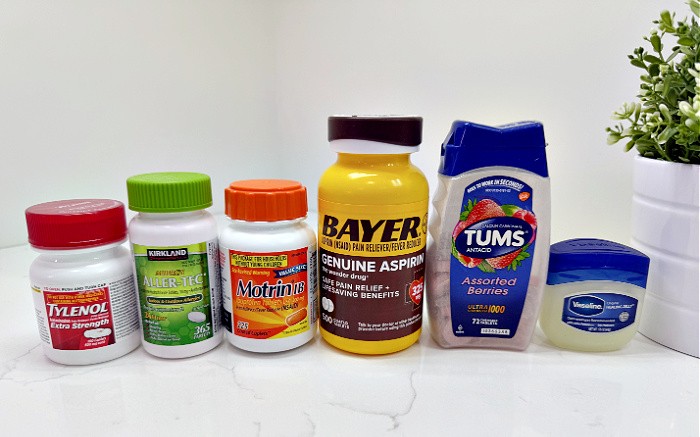
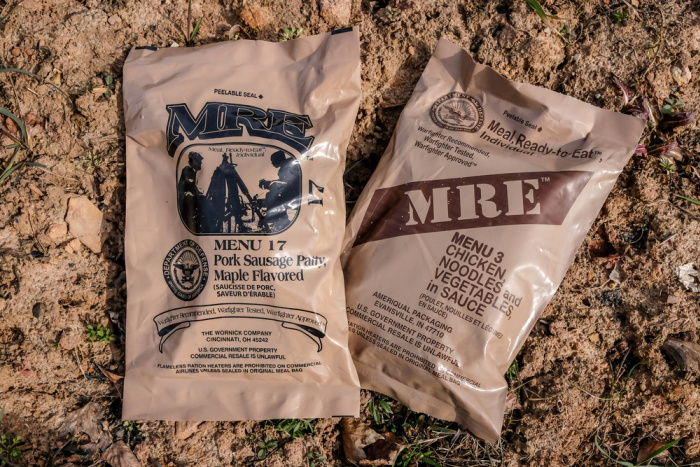
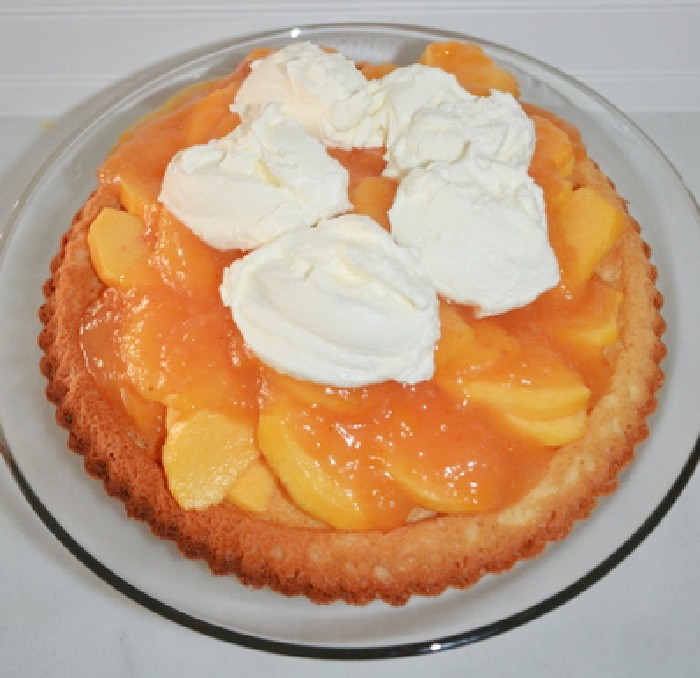




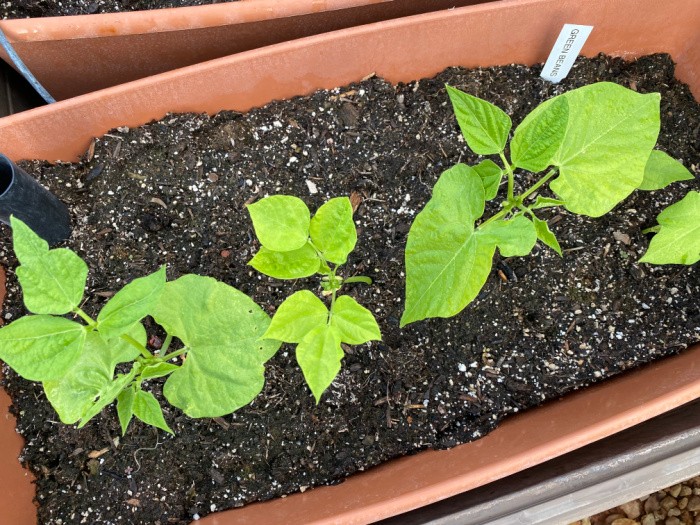
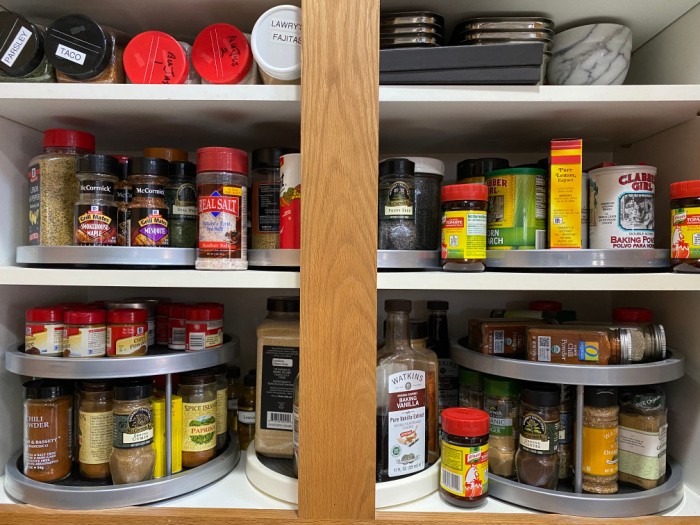
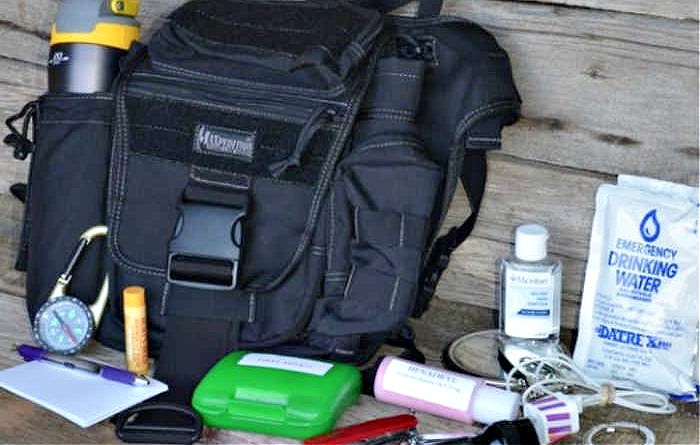
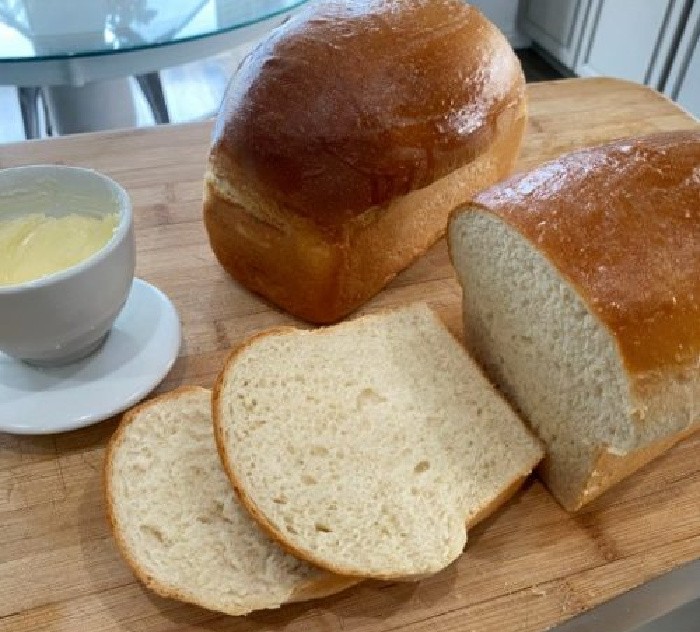
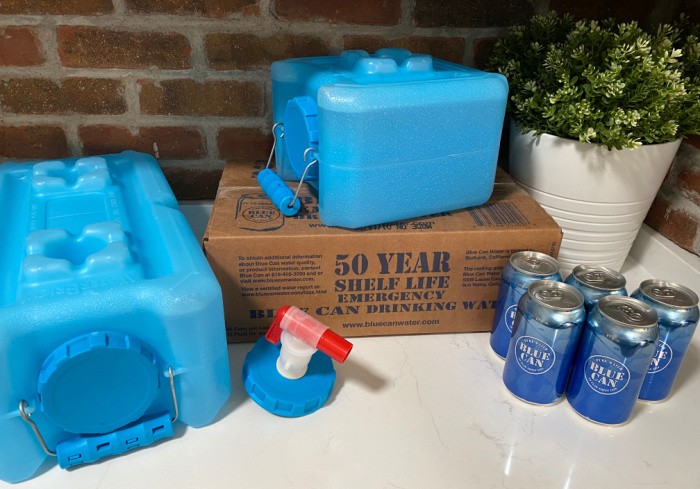


If you’re asking strictly about culinary herbs, oregano has considerable antibacterial properties. Parsley can be used as a diuretic and in managing kidney stones and bladder infections.
Blackberry leaves and roots and raspberry leaves have considerable use in medicine. Japanese honeysuckle and forsythia make the top 50 list of herbs used in traditional Chinese medicine.
Unfortunately, it’s not as simple as saying you can just grow this plant and eat it. It has to be harvested and prepared properly. You have to use the right part of the plant. Some active constituents (the medicine) are extracted better with alcohol than water. For the vast majority, using them “straight from the garden” isn’t going to do any good.
On my blog, Prep School Daily, I have written articles on all of the herbs you listed here, as well as many others. There are medicinal uses for common landscaping plants, weeds, and others growing in the wild. Juniper and usnea (commonly called tree moss) are top antibiotics, properly prepared. Just knowing that a plant has medicinal qualities isn’t enough. You have to know how to prepare it and how to use it.
Hi Jennifer, thank you for your thoughts, Linda
How do I find your blog? I am interested in harvesting/preparing botanicals for medicinal use. Thank you, Marilyn
Hi Marilyn, here is Jennifer’s blog: https://prepschooldaily.blogspot.com/
Linda,
Another great article, I learn so much here, thank you!
Karen H.
H Karen, thank you for your kind words! I try really hard!! Have a great day! Linda
This was a great list and plants that are familiar. I’m growing it all except Mullein which I’ve never heard of. I’ve collected lots of articles using herbs . . . but except for mint tea for a stomachache I haven’t used any of it except in cooking or tea. Meantime I’ve dried it and collected reference books hoping I can figure it all out someday when the SHTF. I know there won’t be time then either but if I’m desperate . . . It just seems like a massive overwhelming project to learn and experiment with. Meantime even life in the epidemic spins by so fast that like everyone else I just pop a pill when rarely (thankfully) needed. I notice folks with health problems are better about learning and using herbs for their particular need.
Hi Kay, thank you for your kind words, I try really hard to teach others. Some people do not know how to grow any of it, so we are ahead of the game! It’s the first step, learning how to grow herbs, the rest will fall into place. Linda
Kay, a lot of folks feel like you! It sure can seem overwhelming to learn to be (in a sense) your own pharmacist. Just pick one or two natural remedies to learn at first, learn that plant by sight, learn how to prepare and use it. Then next year, add another one or two to your knowledge.
Also, locate one or two good books on the subject. The most recent one I got is “The Lost Book of Herbal Remedies” but there are many others (I was just too lazy to run upstairs and locate the titles, sorry!)
That is excellent advice! I have purchased some books but will just worry about learning how to use a few plants each year. Thank you!
A side note – when we moved to our home 24 years ago there was wild spearmint growing (and still is of course – LOL). We added peppermint and chocolate peppermint. While they are invasive we found a perfect spot! We used the chocolate to fill in behind the fireplace and it is bordered on all sides by rock or cement. Best of all we used the peppermint as a ground cover under the peach trees! Critters hate mint so it keeps the rodents away from my wood shed next to the trees and keeps the weeds out from under my two trees. It has a border it can’t escape but the mint cushions the peaches when they fall and it’s heavenly to walk on and pick the fruit. Mint tea is wonderful!
Don’t forget about onions, garlic, and mustard, long time methods for loosening chest congestion (and head congestion, try chopping onions when you have a cold). The three are applied as chest plasters where they work both through warming ( you can get blisters from the plasters) as well as inhaling the fumes. Catmint and Catnip are two different plants. They are both mints but catmint is a milder mint a creeper, your picture is of catmint. Catnip, rockets skyward, it’s growth habit is similar to peppermint, it is much stronger, and like most mints a rampant spreader! Even in pots it can spread, by sending shoots up out of the pot and seeking the nearest fresh soil it can find. Mine moved from a pot hanging on the balcony railing, secretly growing under the railing and invaded a window box of basil, where I found it cheerfully sending up a plant, and rooted it out. Cats will invade a garden where Catnip is planted and destroy every plant in their way, while they jump and roll around attempting to knock the catnip plants down, to feast on the leaves or roll in the juices of the broken plants. So plant all mints separately, away from your garden plants and flowers. Rhubarb stems are a time honored tonic for Spring. They clean out the system, stirring up the bowels and increasing urine flow (but can cause kidney stones if eaten too excessively). A few desserts, punches or teas won’t be a danger. But never eat or compost the leaves, they contain high levels of Oxalic acid. Comfrey is another wild one like Mullein, very useful to have, as a poultice of mashed leaves it promotes healing of bruises, sprains, and fractures, by stirring up circulation. But Mullein and Comfrey are field plants, not tame or social. They are invasive and will quickly take over a nice nutrient dense garden. Grow them separately. The Rose Hips that form on all roses after a bloom can be counted as an herbal remedy. They are highly dense sources of Vitamin C. Gather them in Summer and Autumn, dry and use crushed or powdered as a tea to prevent scurvy in Winter and early Spring. All parts of raspberries, blackberries, and all members of that family are very healthy. Dry them and crush them for a very potent fruity tea. The raspberry is of particular value to women as it can help settle disordered courses, both peppermint and spearmint made into tea help with cramps. Blackberries help stir up the system as a tea, clearing sluggish bowels and encouraging any harmful stuff to evacuate. Black Willow, a weedy tree along streams and in damp areas contains salicylates in it’s bark, that do relieve pain,(aspirin is a salicylate, ex). Funny how most of the herbs used in Mediterranean cooking are also medicinal. Preventative medicine on their part from way back.Even Sumac, hyssop, and the barberry have medicinal uses. Olive oil and dates are among the most healthful of foods. MA
Hi MaryAnn, oh my gosh, you are so right about the catnip! I finally got rid of cats in my garden boxes. Hopefully, they do not come back!! Thanks for the tip on the Catmint image. I grab them based on what the title says. Thank you!! You are a library of ideas, I really appreciate your comments because they are kind and helpful. This is how we all learn. Great comment as always. Linda
So many culinary herbs have special medicinal properties. I like to change up my salads by including fresh herbs. They change the whole flavor of the salads as well as help with healing.
I use herbal preparations frequently to handle many of the minor health issues that I have. I try to grow many of the ones I use most often but for others, I find Mountain Rose Herbs to be a great source for organically grown and ethically sourced dry herbs.
Hi Leanne, I will check out the Mountain Rose Herbs, you would know where to buy them, thank you!! Linda